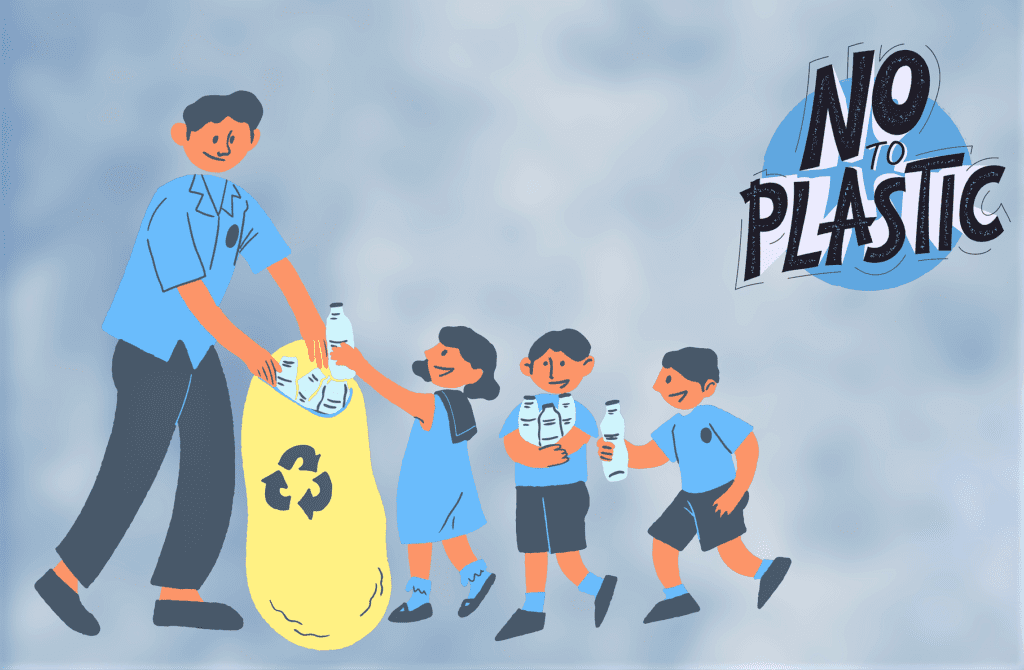Cities Ban Single-Use Plastics sets the stage for this enthralling narrative, offering readers a glimpse into a story that is rich in detail and brimming with originality from the outset.
As concerns over environmental sustainability grow, cities around the globe are stepping up to address the escalating issue of plastic pollution. Single-use plastics, known for their convenience but detrimental impact on ecosystems, are under scrutiny. This trend marks a pivotal shift in urban policy as municipalities strive to create a cleaner, greener future by implementing bans on these harmful materials.
In today’s fast-paced digital world, the way we communicate and connect with one another has significantly evolved. The tools and platforms that facilitate our interactions have undergone remarkable changes, reshaping not only personal relationships but also the dynamics of business and commerce. This article delves into the various aspects of modern communication, exploring its history, current trends, and future possibilities.### The Evolution of CommunicationCommunication, at its core, is the art of conveying ideas and information.
Historically, humans relied on face-to-face interactions, written letters, and telegraphs to share messages. The invention of the telephone in the late 19th century marked a significant turning point, allowing for real-time voice communication over long distances. This innovation laid the groundwork for the communication tools we use today.With the advent of the internet in the late 20th century, communication underwent another radical transformation.
Email became a staple for professional and personal correspondence, while instant messaging applications emerged, offering real-time chat capabilities. Social media platforms further revolutionized the landscape, enabling users to share thoughts and experiences with a global audience.### The Role of Social MediaSocial media has become an integral part of modern communication, bridging gaps between individuals and communities. Platforms like Facebook, Twitter, Instagram, and LinkedIn allow users to connect, share, and engage with others regardless of geographical barriers.
They have transformed the way we consume news, share ideas, and even conduct business.The rise of influencers on these platforms has also changed the marketing landscape. Businesses are increasingly leveraging social media to reach target audiences through authentic and relatable content. This shift has led to the emergence of a new form of communication that blends traditional marketing with personal storytelling, creating a more engaging experience for consumers.### The Impact of Mobile TechnologyThe proliferation of smartphones has further enhanced communication capabilities.
With mobile devices, individuals can stay connected anytime, anywhere. Apps that facilitate messaging, video calls, and social networking have become ubiquitous, leading to a culture of instant gratification. People expect quick responses and immediate access to information, which has influenced how we communicate in both personal and professional settings.Moreover, mobile technology has opened up new avenues for remote work and collaboration.
Tools like Slack, Zoom, and Microsoft Teams have made it possible for teams to work together effectively, regardless of their physical location. This shift has not only increased productivity but has also changed the traditional workplace dynamics, fostering a more flexible approach to work.### The Rise of Virtual and Augmented RealityAs technology continues to advance, we are witnessing the emergence of virtual reality (VR) and augmented reality (AR) as new communication mediums.
These technologies offer immersive experiences that can transform how we interact with content and each other. For instance, VR can create realistic environments for virtual meetings or social gatherings, allowing participants to feel as if they are in the same room.AR, on the other hand, enhances the real world by overlaying digital information onto physical spaces. This can be utilized in various settings, from education to retail, providing interactive experiences that engage users in unique ways.
As these technologies become more accessible, they are likely to play a significant role in shaping the future of communication.### The Importance of Effective Communication SkillsDespite the advancements in technology, effective communication skills remain crucial. In a world where messages can be easily misinterpreted or lost in translation, the ability to convey thoughts clearly and concisely is more important than ever.
Whether it’s through writing, speaking, or visual communication, understanding your audience and tailoring your message accordingly can make a significant difference.Active listening is another essential component of effective communication. It involves not just hearing words but understanding the underlying emotions and intentions. By practicing active listening, individuals can foster stronger relationships, build trust, and enhance collaboration.### Navigating Communication ChallengesWhile modern communication tools offer numerous benefits, they also present challenges.
The rise of digital communication has led to an increase in misinformation and online harassment, creating a need for critical thinking and digital literacy. Users must learn to navigate these challenges to ensure they engage in constructive and respectful dialogue.Moreover, the reliance on technology can lead to a decrease in face-to-face interactions, which are vital for building meaningful connections. Striking a balance between digital and in-person communication is essential for maintaining healthy relationships and fostering a sense of community.### The Future of CommunicationLooking ahead, the future of communication is likely to be shaped by continued technological advancements and changing societal norms.
As artificial intelligence (AI) becomes more integrated into communication tools, we can expect more personalized and efficient interactions. For instance, AI-powered chatbots are already streamlining customer service by providing instant responses to inquiries.Additionally, the increasing focus on inclusivity and diversity will influence communication practices. Organizations are recognizing the importance of representing various voices and perspectives, leading to more inclusive messaging and marketing strategies.
This shift not only benefits businesses but also contributes to a more equitable society.### ConclusionIn conclusion, the landscape of communication has transformed dramatically over the years, driven by technological advancements and evolving societal expectations. Social media, mobile technology, and emerging tools like VR and AR are redefining how we connect and share information. While these changes present unique challenges, they also offer opportunities for more meaningful interactions.As we navigate this dynamic environment, prioritizing effective communication skills, fostering inclusivity, and remaining adaptable will be key to thriving in both personal and professional relationships.
Embracing the future of communication means leveraging technology while maintaining the human touch that lies at the heart of all meaningful connections.
Helpful Answers: Cities Ban Single-Use Plastics
Why are cities banning single-use plastics?
Cities are banning single-use plastics to combat plastic pollution and its harmful effects on the environment.
What types of single-use plastics are commonly banned?

Commonly banned items include plastic bags, straws, utensils, and polystyrene containers.
How do these bans affect local businesses?
While some businesses may face initial challenges, many adapt by offering alternative products and often benefit from a more eco-conscious customer base.
What alternatives are available to single-use plastics?
Alternatives include reusable bags, bamboo utensils, metal straws, and compostable containers.
Are there any penalties for violating the bans?
Yes, penalties may include fines for businesses that do not comply with the regulations set by local authorities.






